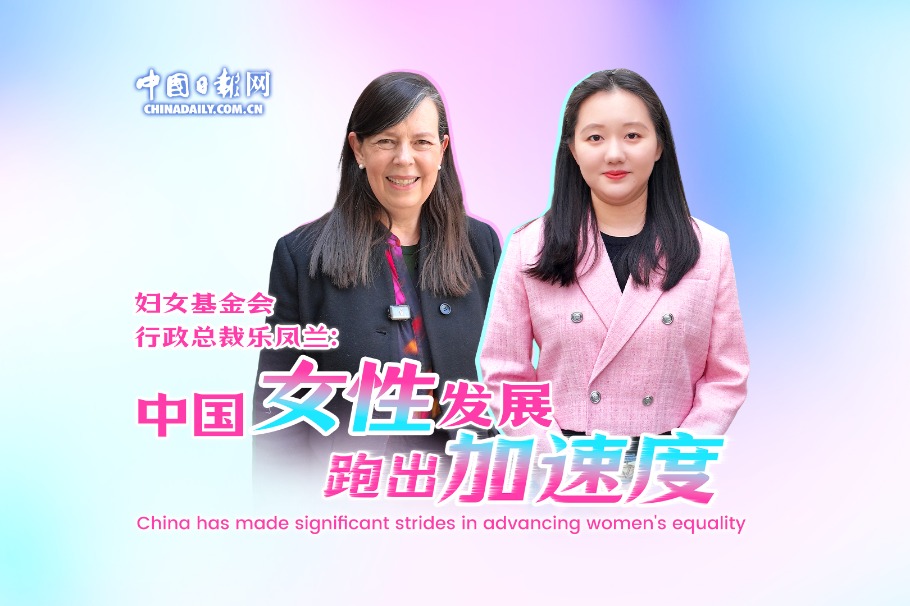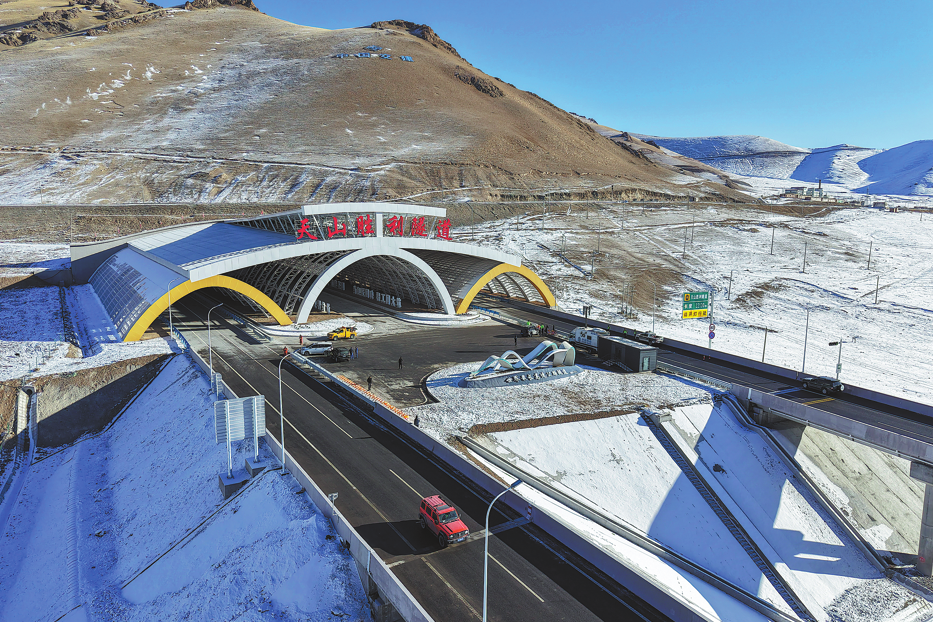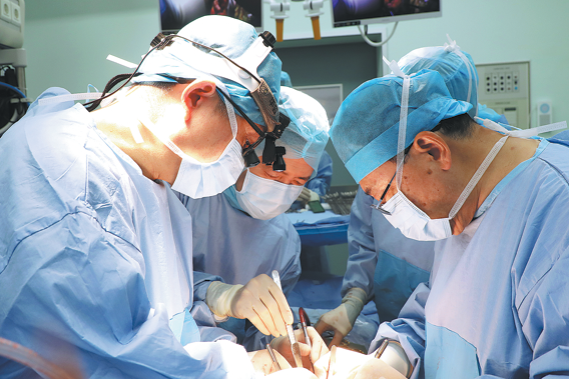Digitalization and zero emissions to redefine luxury cars for Mercedes-Benz

To make a great luxury car is like a decathlon in the Olympics, said Ola Källenius, chairman of the board of management of Mercedes-Benz Group AG.
"It's not one single sport for one discipline. We have to master so many disciplines to make a Mercedes," he said, listing things required from superior powertrains and top-level safety to efforts to ensure pleasant rides and meticulous attention to detail.
Yet Mercedes-Benz cannot stop there as the automotive industry is evolving.
"Those things don't disappear, but tastes change. You always need to look at it with fresh eyes, luxury never stands still. You have to reinvent that," said Källenius.
Two things he said decathletes in the automotive industry have to master if they would like to win the tough race in this era are digitalization and zero emissions.
Carmakers are now able to put far greater computing power into vehicles, and they are integrating intelligent software algorithms with sophisticated sensing technologies.
The cars are becoming increasingly autonomous, which makes traffic safer, more smooth and efficient.
Once every vehicle knows what every other vehicle is doing, that swarm intelligence can lead to better traffic flows and also reduce energy usage.
Besides the conventional function as a means of transport, cars are becoming a third place for people in addition to their homes and offices.
"If we look at what cars will look like at the end of this decade, I am unbelievably excited. This is going to be for consumers in particular, the golden decade of the auto industry."
To seize this golden period, Mercedes-Benz is increasing investment in innovation worldwide, especially in China.
In 2021, Mercedes-Benz inaugurated the new "Tech Center China" in Beijing. This March, Mercedes-Benz opened a new research and development center in Shanghai to further strengthen its innovation network. The carmaker will continuously deepen cooperation with local partners in technology to support the development of the Chinese and global automotive industry.
Another thing is electrification, as a means to cut carbon emissions.
In 2019, Mercedes-Benz already defined its "Ambition 2039". The company's goal is to have a carbon-neutral new passenger car fleet by 2039, which covers all stages of the automotive value chain.
Earlier this month, at the carmaker's first digital Environment, Social and Governance Conference, or the ESG Conference, Mercedes-Benz announced it would at least halve carbon dioxide emissions per passenger car over the life cycle by the end of this decade, compared to 2020 levels.
To achieve this goal, the key levers include: electrifying the vehicle fleet, charging with green energy, improving battery technology, an extensive use of recycled materials and renewable energy in production.
Battery electric cars and plug-in hybrids will account for half of Mercedes-Benz's deliveries by 2025, and the goal is getting ready to go all-electric by the end of this decade wherever market conditions allow.
By the end of 2021, four battery electric vehicles were introduced to China-the EQA, EQB, EQC and EQS. Among them, the EQA, EQB and EQC have been locally manufactured in China. This year, Mercedes-Benz will launch eight new energy vehicles in China, including the all-new EQS SUV which just debuted and the all-new EQE. Later this year, the EQE and the C-class plug-in hybrid model will also be produced locally.
In addition to the existing "Electric Vehicle Architecture" that was unveiled last year, all platforms Mercedes-Benz will roll out from 2025 will be dedicated to electric cars and most of them will be introduced into China as well.
Mercedes-Benz plans to cover more than 70 percent of its energy needs through renewable energy by 2030 by rolling out solar and wind power at own sites as well as through further power purchase agreements.
Mercedes-Benz is also looking to cut emissions through its batteries. It said carbon-neutral cell production can slash emissions for the production of the entire battery pack by 20 percent.
Additional CO2 cuts are expected to be achieved through measures such as improving the anode and cathode cell production process.
The carmaker has also formed strategic partnerships to develop and industrialize highly advanced and competitive cell technologies.
With more than 800 watt-hours per liter at cell level by mid-decade, high-silicon anodes offer great potential in respect of energy density, according to Mercedes-Benz.
It also expects to be able to use cobalt-free lithium iron phosphate batteries, or better known as LFP batteries, in its mass production vehicles.
To slash CO2 emissions by more than 50 percent by 2030, Mercedes-Benz is taking further action in the use of raw materials. Mercedes-Benz is setting up a green steel supply chain to expand its use of low-carbon steel.
By adopting a circular economy approach, Mercedes-Benz is steadily increasing the proportion of secondary aluminum it uses.
It is the first automotive manufacturer to commit to sourcing only primary aluminum certified by the Aluminum Stewardship Initiative for its stamping plants and foundries in Europe in the future.
Several sustainable materials are already used in some mass production vehicles.
These include seat upholstery fabrics from 100 percent recycled PET bottles as well as floor coverings made with yarns from recovered fishing nets and fabric remnants from old carpets.
The all-electric EQS and EQE will even feature cable ducting made with recycled landfill waste.
Mercedes-Benz said components in the EQS, manufactured with efficient use of resources through recycled and renewable raw materials, weigh more than 80 kilograms.
By applying its "design for environment" and "design for circularity" approaches to the selection of materials, Mercedes-Benz Cars aims to increase the use of recycled materials per vehicle by 2030 to 40 percent.
The production of Mercedes-Benz will be carbon-neutral in all of its own plants by this year.
At its joint venture Beijing Benz Automotive, or BBAC, photovoltaic panels are generating more than 26 million kilowatts of electricity a year. They are helping the joint venture to cut carbon emissions by 18,000 metric tons.
Mercedes-Benz said it will continue to expand production of renewable energy by rolling out solar and wind power at all sites.

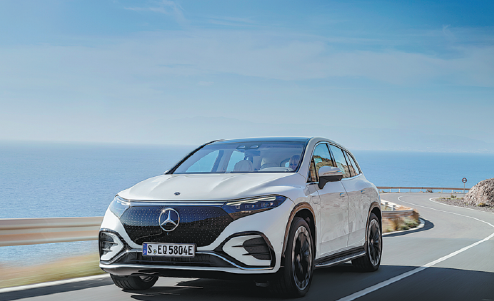
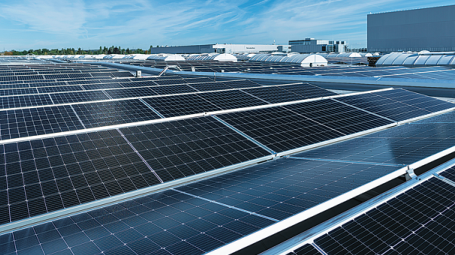
Today's Top News
- China to expand fiscal spending in 2026: finance minister
- CPC leadership meeting urges steadfast implementation of eight-point decision on improving conduct
- Autumn grain purchases exceed 200m tons in China
- Wang to meet foreign ministers of Cambodia, Thailand in Yunnan
- China's top legislature concludes standing committee session
- Thailand and Cambodia agree to temporary ceasefire
















